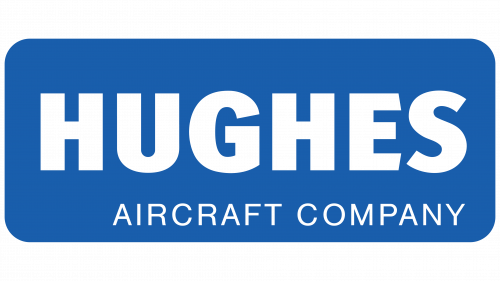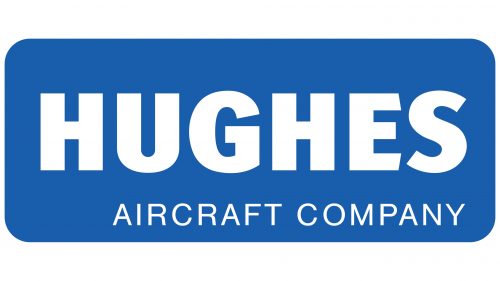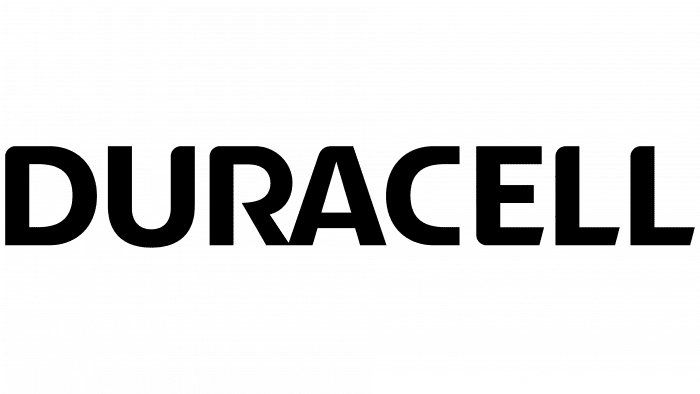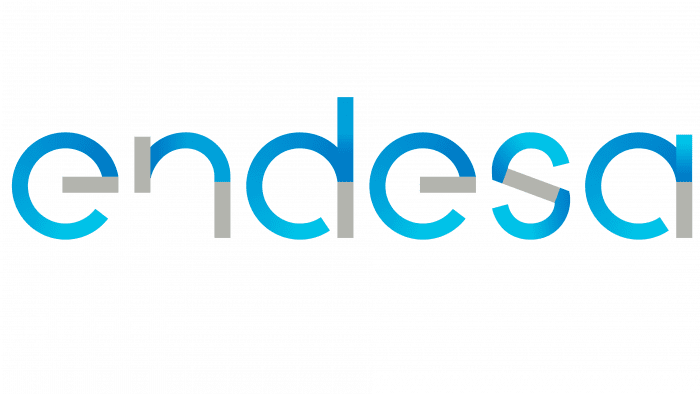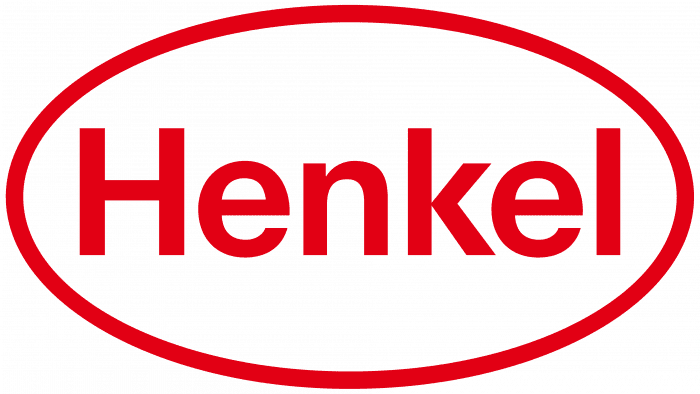Hughes Aircraft: Brand overview
Founded in 1934 by business magnate Howard Hughes in Glendale, California, Hughes Aircraft Company originated as a subsidiary of Hughes Tool Company. Hughes, a sincere aviation enthusiast, set his sights on getting into the airplane manufacturing business. The company attracted attention with its first significant endeavor, the H-1 racer, which was created in 1935 by Hughes and his team. This airplane broke all existing speed records, reaching 352 miles per hour.
During World War II, the company developed model warplanes, including the D-2 bomber and the XF-11 reconnaissance plane. Although these prototypes were never put into production, they were Hughes Aircraft’s first foray into defense projects. In the next decade, the company began developing electronic systems, radar devices, guided missiles, and space satellites, primarily for the U.S. military and the national space agency NASA. Among the projects of this period were the Falcon-guided rocket and the Surveyor lunar landers.
Although Howard Hughes relinquished most of his stake in the company in 1953, it retained his name and continued to expand. Part of this expansion was through mergers and acquisitions, mostly of other firms specializing in defense contracts. By the 1980s, Hughes Aircraft had become a global leader in defense contracting, with a portfolio that included spy satellites, missile technology, and avionics.
In 1985, the Howard Hughes Medical Institute sold Hughes Aircraft to General Motors for $5 billion. The last chapter in the company’s history as a stand-alone company came in 1997 when it was acquired by Raytheon. Hughes Aircraft was subsequently incorporated into Raytheon, marking the end of its independent existence after more than six decades. Nevertheless, its defense and space divisions remain an integral part of Raytheon.
Meaning and History
1932 – 1976
1977 – 1986
The white and blue Hughes Aircraft logo is reminiscent of the sky, consistent with the company’s focus on aircraft and spacecraft manufacturing until its acquisition by Raytheon. The company name is arranged in two lines, aligned on the right edge. Above it is the word “HUGHES,” which is much larger, and below it is the smaller phrase “AIRCRAFT COMPANY.” They differ in size and font type: the first is bold, and the second is very thin. The background is a rectangle with rounded corners; its smooth outlines create a feeling of reliability.
The white and blue color scheme is appropriate for an aerospace company, echoing the themes of sky, flight, and exploration. Contrasting fonts further highlight the company name, emphasizing its importance in the aerospace industry. The rounded corners of the rectangular background give the design a softer, more approachable element, in keeping with the idea of safety in the aerospace industry.
